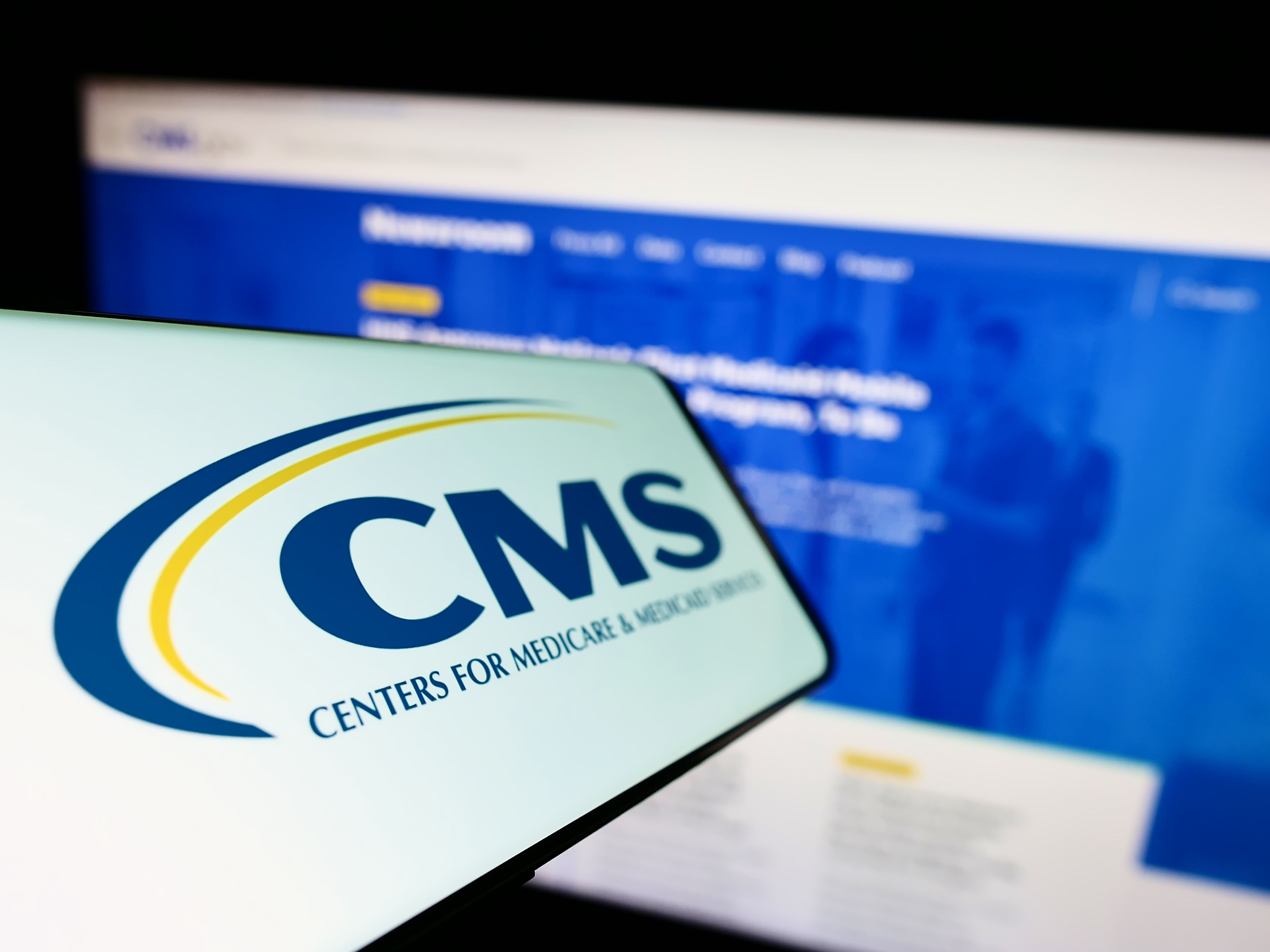Article
3 tips to maximize ROI on advanced practice providers
Author(s):
Get the most out of nurse practitioners, physician assistants, and others to truly benefit your practice’s bottom line and patient care.
When leveraged correctly, advanced practice providers (APP) (e.g., nurse practitioners, physician assistants, clinical nurse specialists, and clinical social workers) can generate a sizeable return on investment, said Suzan Hauptman, CPC, senior principal at ACE Med Group, a coding and compliance consulting company in Pittsburgh, Penn. who spoke during AAPC’s HEALTHCON, April 8-11 in Orlando, Fla.
HEALTHCON offers educational sessions and networking opportunities for medical coders, billers, payer representatives, practice managers, attorneys, physicians, and other healthcare business professionals.
However, some physicians don’t fully understand how to maximize these providers and are thus unable to afford to employ them long-term, said Hauptman. Answering phones, rooming patients, and submitting refill requests shouldn’t be an APP’s primary responsibility. “If you want someone to actually share the practice, that’s when you need an APP,” she said. “This is a human resource that you’re paying a lot of money for.”
Hauptman provided these three tips to help practices get the most out of their APPs:
1. Put APPs to work seeing patients.
APPs can technically provide a variety of E/M services, said Hauptman. The question is whether payers will require practices to bill directly under the APP’s provider number or whether they’ll allow practices to bill the APP’s services under the supervision of the physician, said Hauptman. When billing directly, practices receive a portion of the physician’s fee schedule amount for that service. When billing under a physician’s supervision, the practice receives the entire fee schedule amount.
Regardless of the billing specifics, one point remains clear: When APPs are busy seeing patients, practices benefit financially, said Hauptman. For example, some practices allow APPs to see post-op patients because these services are bundled into the payment for the procedure, said Hauptman. This allows physicians to focus on services that generate separate revenue.
Other practices allow APPs to see all new patients and bill directly for them, thus freeing up physician accessibility for hospital visits, procedures, or higher-level E/M services. Some payers may even allow APPs to bill new patients under a physician’s supervision if documentation indicates that the physician developed the actual treatment plan, said Hauptman. However, practices should check with their specific Medicare Administrative Contractor for more information, she added.
APP-specific schedules are a must, said Hauptman. “If the physician sees patients on Tuesdays and Fridays, what is the PA doing on Monday, Wednesday, and Friday? Is he or she acting as an MA and answering phone calls? Consider opening the APP’s schedule to patients,” she said.
Practices can also staff emergency or weekend clinics with APPs. “The space is yours, so why not see patients more often?” she said.
2. Do your homework before hiring.
Ask your practice manager to research licensure requirements in your state. What services are included in each APP’s scope of practice, and will your payers allow direct billing for each of these services? When billing under a physician’s supervision, what type of supervision is required for each service? For example, payers may require that a physician is immediately available or even in the same room for certain services. For other services, they may only need to be accessible by phone. Documentation should clearly support the supervision requirements, said Hauptman.
3. Involve your coders.
They understand the billing requirements and can help you understand billing opportunities and limitations. They may also be able to help you anticipate how much revenue you can generate by hiring an APP.
Hauptman cited a hypothetical example in which a practice hired a physician assistant to see most new and established patients. The physician assistant also saw some post-op patients and performed some consultations. Hiring the physician assistant not only helped the practice increase its overall patient volume, but it also allowed the physician to add several hospital visits and an additional case to his or her operating room schedule weekly, yielding more than than $200,000 annually.
“The revenue is absolutely there if you use the APP correctly,” said Hauptman.





